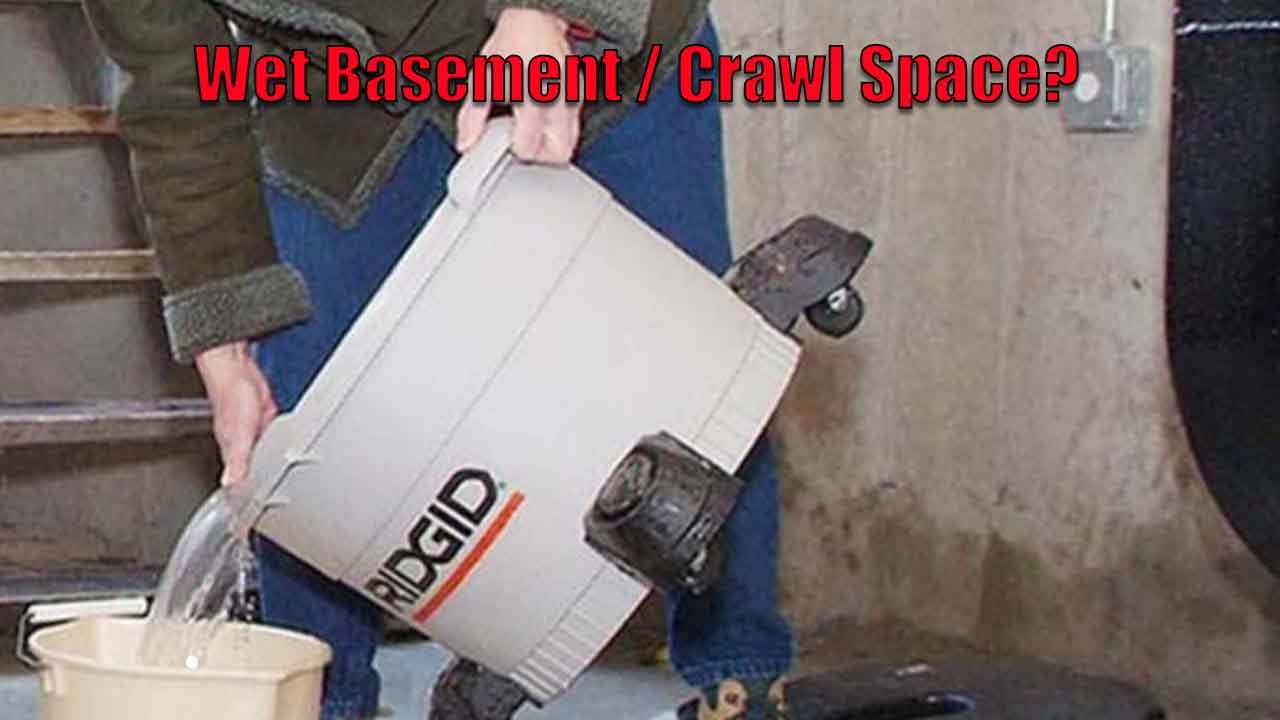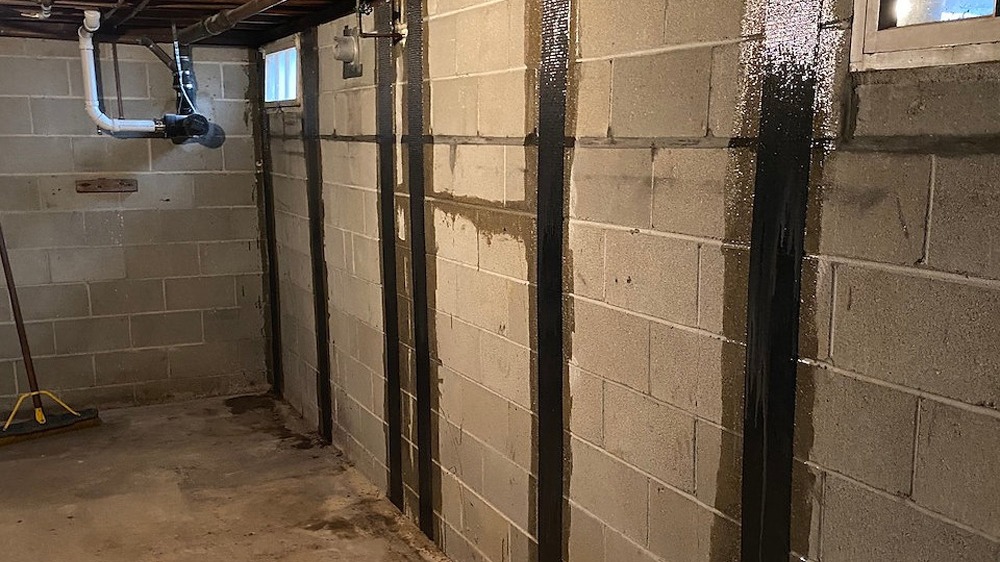
The Challenge: Understanding Moisture Intrusion
Homeownership comes with its set of challenges, and for many, basement moisture is a significant one. Our homeowner faced persistent water intrusion due to various factors, including cracked walls and a poorly performing drainage system. Such issues not only risk structural integrity but can also lead to the growth of mold and mildew, posing serious health risks to occupants.
Why It Matters: The Consequences of Excess Moisture
Excess moisture in basements isn’t just an inconvenient issue. According to the Environmental Protection Agency (EPA), high humidity levels can lead to serious health implications, including respiratory issues. Homeowners should heed these warnings, as undetected moisture can weaken foundations, promote toxic mold growth, and degrade indoor air quality. Understanding this is crucial for maintaining a healthy living environment.
The Solution: Comprehensive Interior Basement Drainage System
To combat these issues a local, reliable waterproofing/foundation repair was called. Their technicians conducted a thorough assessment and identified the key issues: foundation cracks, ineffective drainage, and water seepage. A robust interior drainage system was deemed necessary to protect her home from future moisture damage.
Inside Look: The 5-Step Installation Process
Step 1: Trenching and Concrete Removal - The team began by excavating a 10-inch-wide section of the concrete slab along the foundation wall to create a perimeter drainage channel.
Step 2: Under-Slab Drainage Installation - They then installed drains in the trench to effectively manage water flow. This setup was connected to a sump pump for active moisture control.
Step 3: Sump Pump Installation - A high-efficiency Zoeller sump pump system was integrated to ensure effective water removal, even in heavy rains.
Step 4: Re-Cementing and Clean-Up - Once the systems were in place, the team smoothed over the concrete for a professional finish and cleaned the entire area.
Step 5: Sealing Cracks - Finally, they employed weather-resistant sealant in existing cracks to prevent any future leakage.
The Outcome: A Secure and Healthy Home
Post-installation, the basement transformed dramatically. She no longer worries about leaks or the hefty costs associated with continual repairs. Instead, she enjoys a dry, leak-free basement that bolsters her home’s foundation. The air quality in her home improved significantly, alleviating health concerns related to mold and humidity. The practical advantages of having a dependable sump pump further enhanced her peace of mind.
Future Predictions: The Rise of Interior Drainage Systems
As weather patterns shift and storms become more frequent, the prevalence of basement moisture issues will likely escalate. Homeowners should consider proactive solutions like interior drainage systems. Compared to traditional exterior systems, interior systems are less labor-intensive, cost-effective, and yield a professional result without needing extensive yard excavation. This strategic move can save homeowners on long-term repair costs while providing peace of mind.
Key Benefits of Interior Basement Drainage Systems
Cost-Effective: Typically, interior drainage systems can be installed at half the cost of exterior systems and take just a few days.
Less Disruption: Homeowners avoid yard damage since installation doesn’t require landscaping alterations.
Robust Protection: Effective water collection and redirection systems safeguard homes from flood risks.
Inspired to Take Action?
If your home shows the warning signs of moisture intrusion—cracked walls, musty odors, or pooling water—consider reaching out for a professional inspection. Don’t let water damage threaten your foundation—contact your local waterproofing contractor today for an estimate!
#basementmoisture, #waterintrusion, #foundationcracks, #drainagesystem, #moldgrowth, #sumpPump, #waterproofing, #indoorairquality, #healthrisks, #interiordrainage
 Add Row
Add Row  Add
Add 




Write A Comment